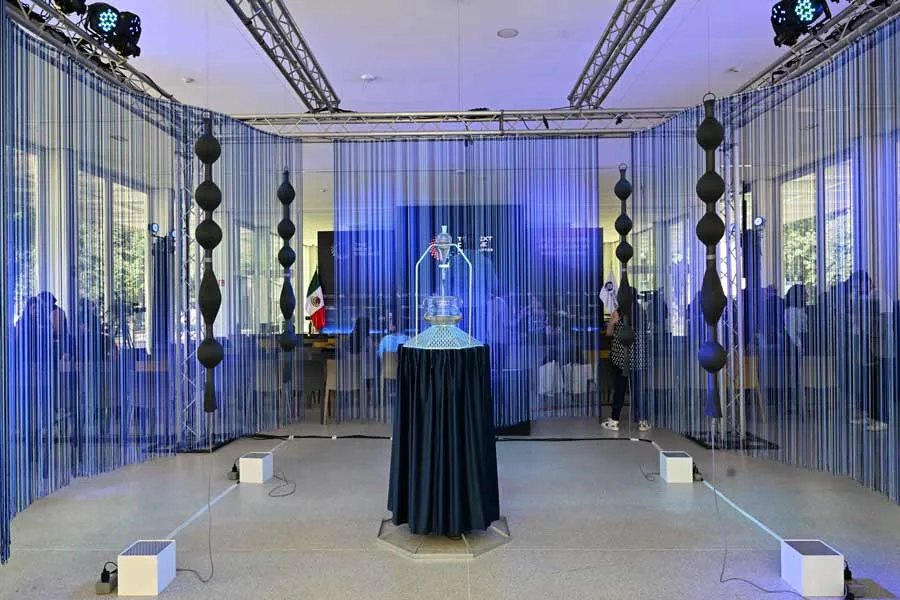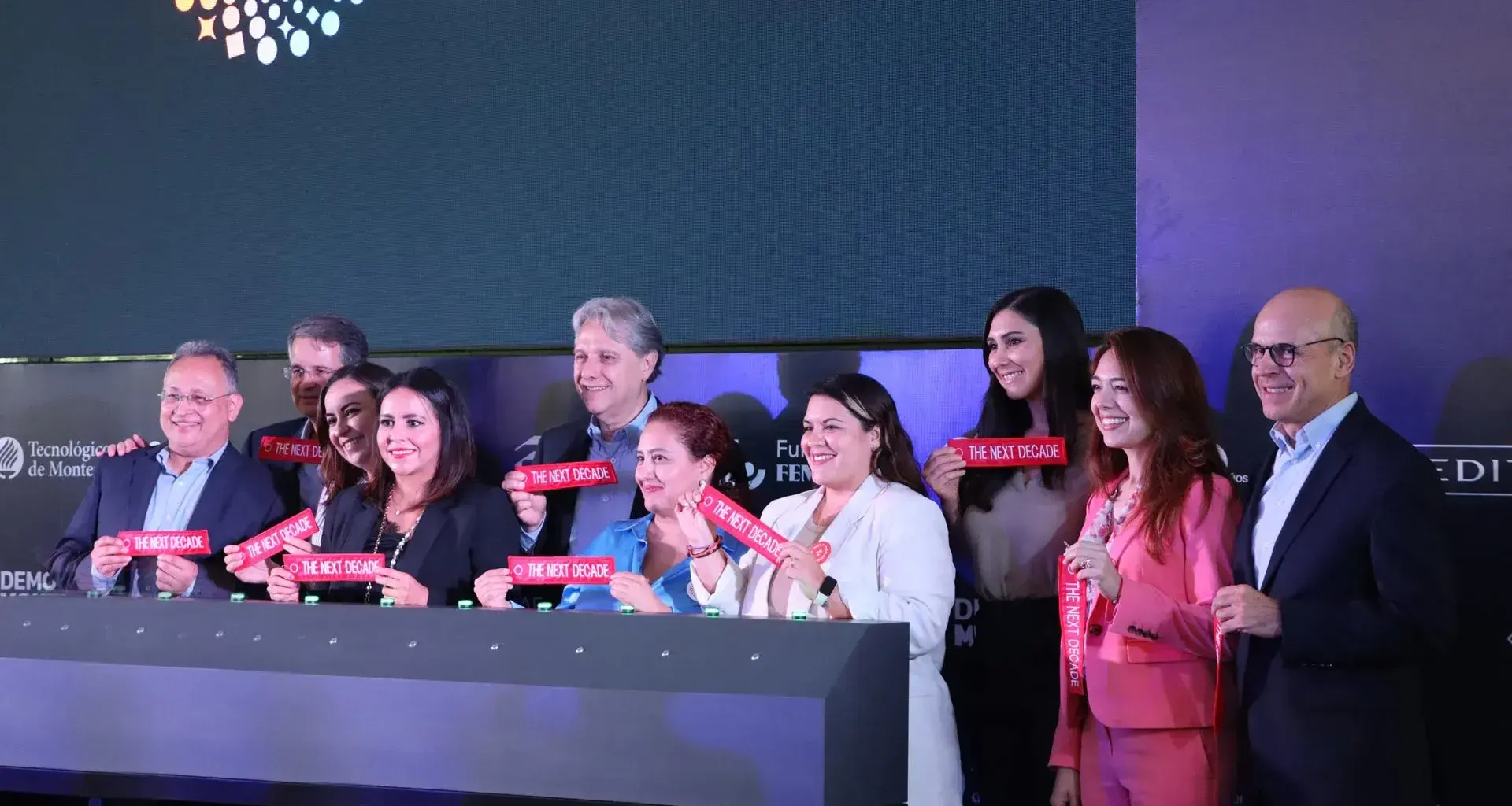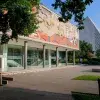The second mission of the Lead the Expedition Way program ‘took off’ with the event “The Next Decade: Water Disruption 2023,” which brought together various sectors to find solutions to the water crisis .
This is a Tec de Monterrey initiative to promote innovation projects in order to boost the knowledge-based economy through the concentration of talent in various sectors.
The community, universities, startups, governments, and businesses attended the event on Monterrey campus from June 7 to 8 so as to exchange experiences and connections and find new ways of addressing water issues.
This activity was also carried out to mark phase two of construction on the new Expedition building, which will be a multidisciplinary space for academia, industry, and society to generate scientific and technological knowledge for providing solutions to current challenges.
ALSO READ:
“The success of this mission will reflect our joint collaboration. We have the challenge, opportunity, and responsibility of working together to face the planet’s water challenges.
“DistritoTec and the Expedition are catalysts to encourage these reflections, the first of which are the collaboration networks that flourish in these spaces,” said Hugo Garza, Vice President of Strategic Projects at Tecnológico de Monterrey, at the opening of the event.
This director urged people to build a vision of global cooperation in which governments and communities work for the good of humanity and the planet.
The Next Decade featured talks such as “Designing Futures: Experimenting Realities Yet to Unfold” and “Water Opportunities to 2050,” as well as workshops and calls for proposals.
Expedition’s first mission took place in November last year when a drone was used to lay the first stone on the slab where the new building will be located.
“The success of this mission will reflect our joint collaboration.” - Hugo Garza
Building future societies
Australian futurist and designer Stuart Candy said that the job of futurologists is not to predict the future, but to understand the problems of today to create futures with greater opportunities.
He shared this during the keynote speech ‘Designing Futures: Experimenting Realities Yet to Unfold.’
“Every human being has and uses some form of foresight or vision of the future. This may sound exotic to you or like something that isn’t for ordinary people.
“I would say that, to the contrary, future practices are designed to amplify the capabilities that we all have and that we all use all the time,” Candy said.
Stuart Candy is known for his use of the discipline of design as a tool to anticipate futurist scenarios. He is also an Associate Professor at the Carnegie Mellon School of Design in Pittsburgh, Pennsylvania.
He added that another task futurists have to carry out is to be consultants to all kinds of organizations.
“Culture, history, cartoons, comic books, political speeches, economic statistics, society, etc., all shape the images of the future,” Stuart said.
Introducing Futures Design Lab
The Futures Design Lab Monterrey campus was launched as a space for innovation guided by design at the heart of research, innovation, and entrepreneurship ecosystems to support businesses, researchers, and organizations.
“Complex problems require the collaboration of all branches of knowledge to find solutions.
“So, the Futures Design Lab acts as a vehicle for interdisciplinary collaboration and solutions created in conjunction with various stakeholders such as universities, businesses, and government,” explained Mario Adrián Flores Castro, Vice President for Monterrey Region.
The Futures Design Lab will be another project accommodated by the new Expedition building as part of Tec de Monterrey’s Innovation District initiative.
Some of the activities that will be carried out at this facility include innovation strategies and enablers, product, service, and experience development, and generating a culture of anticipation.
“We invite you to see the Futures Design Lab as this collaborative space where we all build the future that we want.
“A preferable future in which design adds to other future practices. In fact, we have already started building a very wide constellation of futurists,” said Roberto Íñiguez, National Dean of the School of Architecture, Art, and Design.
The Guadalajara, Mexico City, and Querétaro campuses joined this launch, where this new space for convergence on the future was also presented.
Water reserves and working with technology
Juan Ignacio Barragán, General Director of Monterrey Water and Drainage services, pointed out that technology is a way to solve the water crisis by taking into account financial, social, and environmental sustainability.
“The most important thing is to have water reserves, to have more water than needed to be managed in a rational or intelligent way using the best technology that we can access.
“This is a clear and compelling way to ensure that a crisis does not recur in Nuevo León,” said Barragán.
The general director explained that more than 450 water treatment plants are not operational in Mexico due to a lack of personnel or inadequate technology, amongst other reasons.
“We realize how important it is to value the water factor because those plants that aren’t operating are polluting rivers and seas.
“The water challenge is becoming complicated because it’s unique. We lack the adequate communication between all stakeholders to think of water as a problem that we have to solve together,” added Juan Ignacio.
Population growth will demand more water
According to CONAGUA (National Water Commission), 137.48 million Mexicans are expected to be living in 74 metropolitan areas by 2030, which represents a 31% increase in water demand.
For this reason, Ana Laura Elizondo, Head of Water Security Projects at the FEMSA Foundation, said that more researchers, academics, and entrepreneurs are needed to create effective solutions to the crisis.
“We need men and women who are willing to challenge current paradigms and recognize that Latin America is a thirsty region. Right now, we can still do something.
“Attitude can make a huge difference, not just in the way in which we face things, but also in how we analyze challenges and propose solutions for a future with water for everyone,” Elizondo highlighted.
Awarding ‘100-liter citizens’
Two initiatives received awards from the “Solutions from 100-Liter Citizens“ call for their proposals to reduce the use of water and improve water sanitation at home and capture and utilize more water.
The challenge, launched by Nuevo León Citizen Participation in conjunction with the Tec, was held on June 8 in the library auditorium on Monterrey campus.
Here are the winners:
- Montei, citizen category: this project is a recyclable water module for domestic water that aims to prevent water from going down the drain.
- Sustainable education for the reclamation and reuse of water, organization category: this project consists of reusing water from washbasins in schools to save 8 million liters of water per day.
Tec partners join efforts
The Next Decade included participation from Tec de Monterrey partners who generated valuable collaborations around innovative solutions for water, such as the Water Center for Latin America and the Caribbean; the Center for the Future of Cities; the Institute of Advanced Materials for Sustainable Manufacturing; Ruta Azul; INCmty; Futures Design Lab; and Venture Café.
Over these two days, the challenges set out included Water-use efficiency; Water treatment and reuse; Water footprint compensation; and Nature-based solutions. Activities such as the Opportunity Nursery, Strategic Match, the Green Technology Innovation Forum, and Sustainable Manufacturing were also carried out.

Also held were the Demo Day at Venture Café, the 100-Liter Citizens Award, the Futures Bazaar Workshop, the Water Opportunities to 2050 talk, and DistritoTec activations, to name but a few.
The artwork “Acqua Corpora” by artist Amor Muñoz was also unveiled, an art and technology installation that raises awareness about the role of our actions in generating a better future.






